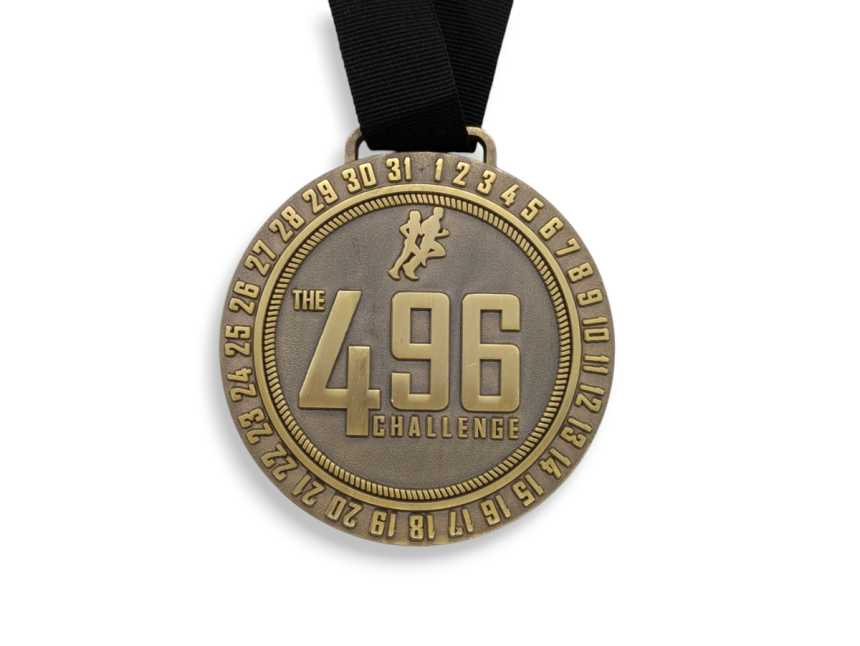
How To Create Running Medals For Your Race
Runners spend weeks and months training, pounding the pavements, and watching their calorie intake to run the best race possible.
As a race organizer, creating the perfect rewards to represent your participants' efforts and achievements is just one of the many pressing issues you'll face in your preparations.
But how do you create a custom medal that genuinely captures the essence of your race? What materials should you use, and what size should it be?
Whether you're organizing a school fun run, a local 5k, or a major marathon, stick with us. We'll help you create the perfect medals for your event, giving you one less thing to worry about.
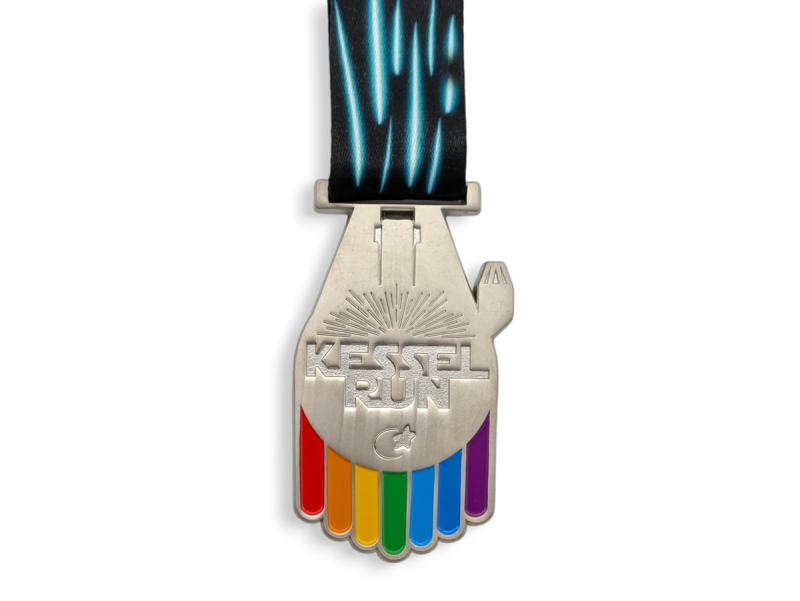
Understanding the Basics of Running Medals
Running medals serve as a tangible reminder of a runner's accomplishment. They are a vital part of the race experience and occasionally influence a runner's decision to participate.
Medals can vary significantly in design, reflecting the unique character of each race. They can incorporate race distance, branding, themes, and even local landmarks or culture.
Here are some key aspects to consider when designing a running medal:
- Symbolism: The medal should represent the spirit of the race.
- Size: It should be substantial but not too heavy.
- Material: Common materials include die-struck metal, enamel, and wood.
- Ribbon: The ribbon is integral to the medal, often carrying the race branding colors or logo.
- Personalization: Options like engraving or custom shapes can make the medal unique.
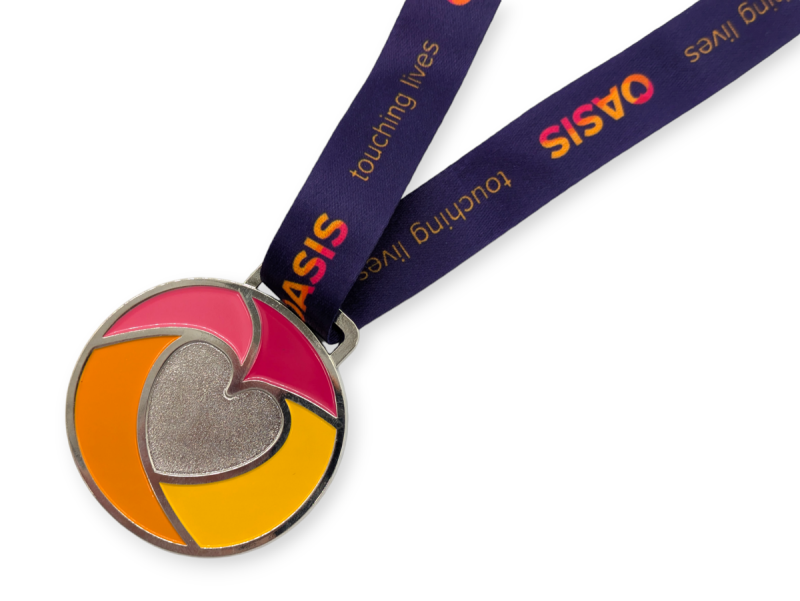
Choosing the Right Size and Material
Running medals typically range from 2 to 6 inches in diameter. The right size depends on the significance of the race and your budget.
We offer enamel medals, die-struck medals, and printed medals (sturdier than they sound) which pretty much cover most of what people are looking for.
Designing Your Custom Running Medals
The design process for running medals starts with your race's branding. Incorporate your logo, color scheme, and unique elements into the medal design.
Next, consider the medal's shape. It can be round, square, or a custom shape that reflects your race theme. Enamel filling or digital printing can add color and detail, making your medals more visually appealing.
And don't forget about the ribbon. It should complement the medal and be comfortable to wear.
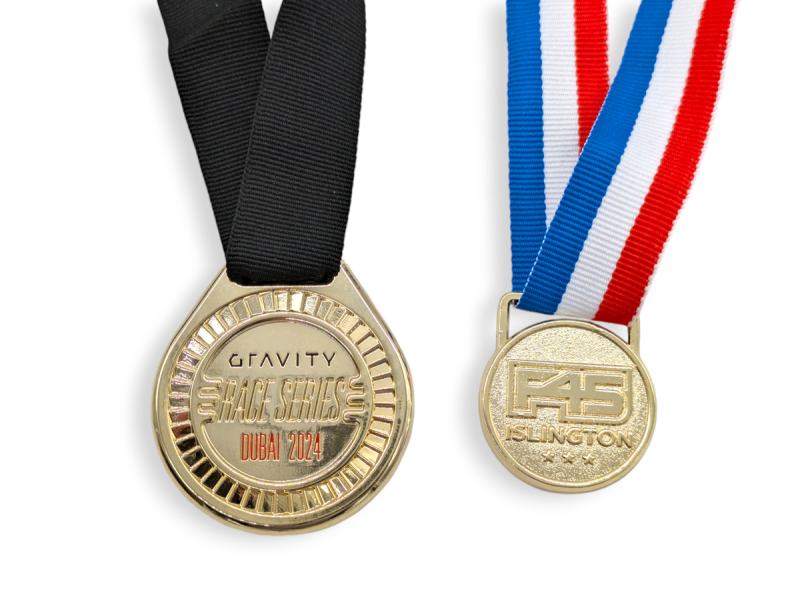
Production and Quality Considerations
Partnering with a reputable supplier is crucial for production. They can ensure quality control and meet your design specifications. Consider the weight and texture of the medal. These factors can significantly affect its perceived value.
Fortunately, we know just the people to help you create high-quality medals for your event 😉
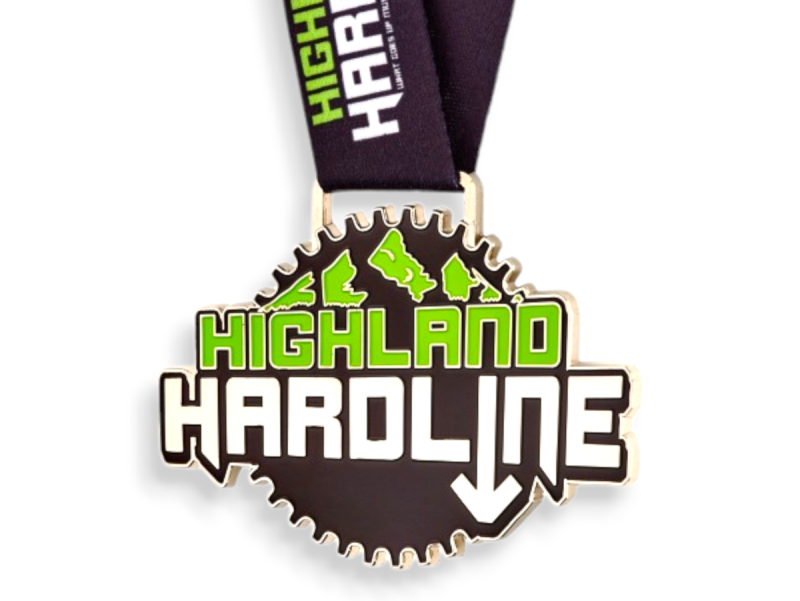
Distribution: Who Gets a Medal?
Deciding who gets a medal can be a tricky question. Some races award medals to all participants, while others only award them to the top finishers.
The decision often depends on the nature of the race and the participants' expectations. For instance, in a 5k race, it's common for everyone to receive a medal.
Remember, the distribution of medals can impact runner satisfaction and race participation.
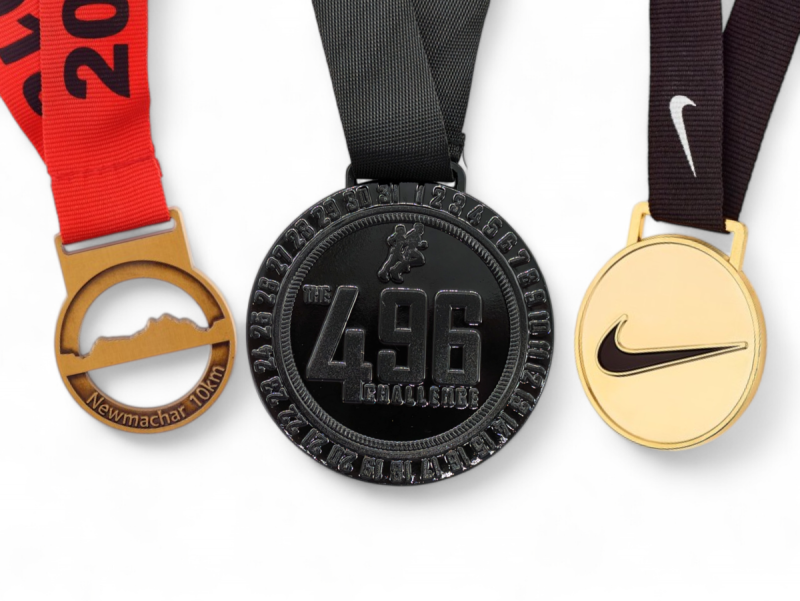
Budgeting and Timing Your Medal Creation
Budgeting for your medals is a crucial step. The cost will depend on the design, material, and quantity of medals you order. Always factor in the cost of production and shipping.
Timing is also vital. Allow enough time for designing, producing, and shipping the medals. We typically need 3 to 4 weeks to produce your medals, but we recommend ordering your race rewards way before the big day to ensure you’re well prepared ahead of time.
Remember, rushing the process could lead to quality issues. It's better to start early and have the medals ready well before race day.
If you’re ready to create medals for your race, contact our expert team to fire that starting pistol.